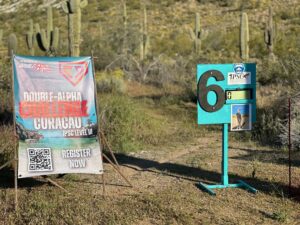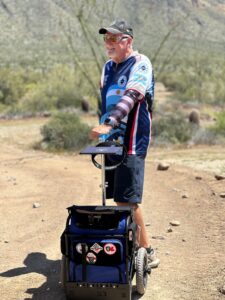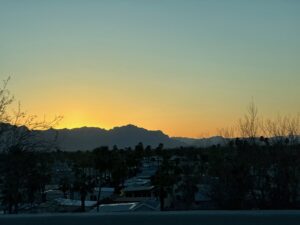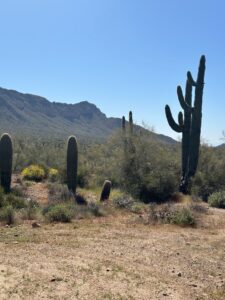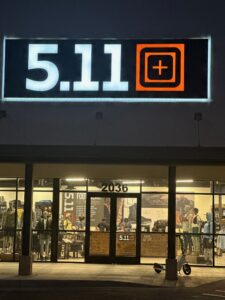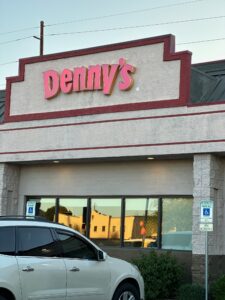With a little excitement in our bodies, Einar Bakke and I boarded the plane that would take us from the cool north to the blazing heat of Arizona. The destination was Rio Salado Gun Range in Phoenix, the venue for US Nationals 2024 scheduled to take place from April 10th to 14th. This competition was one of the highlights of the year for American shooters as it served as their qualification for the World Shoot/World Shotgun, and we were ready to face the challenges and shooters from several nations.
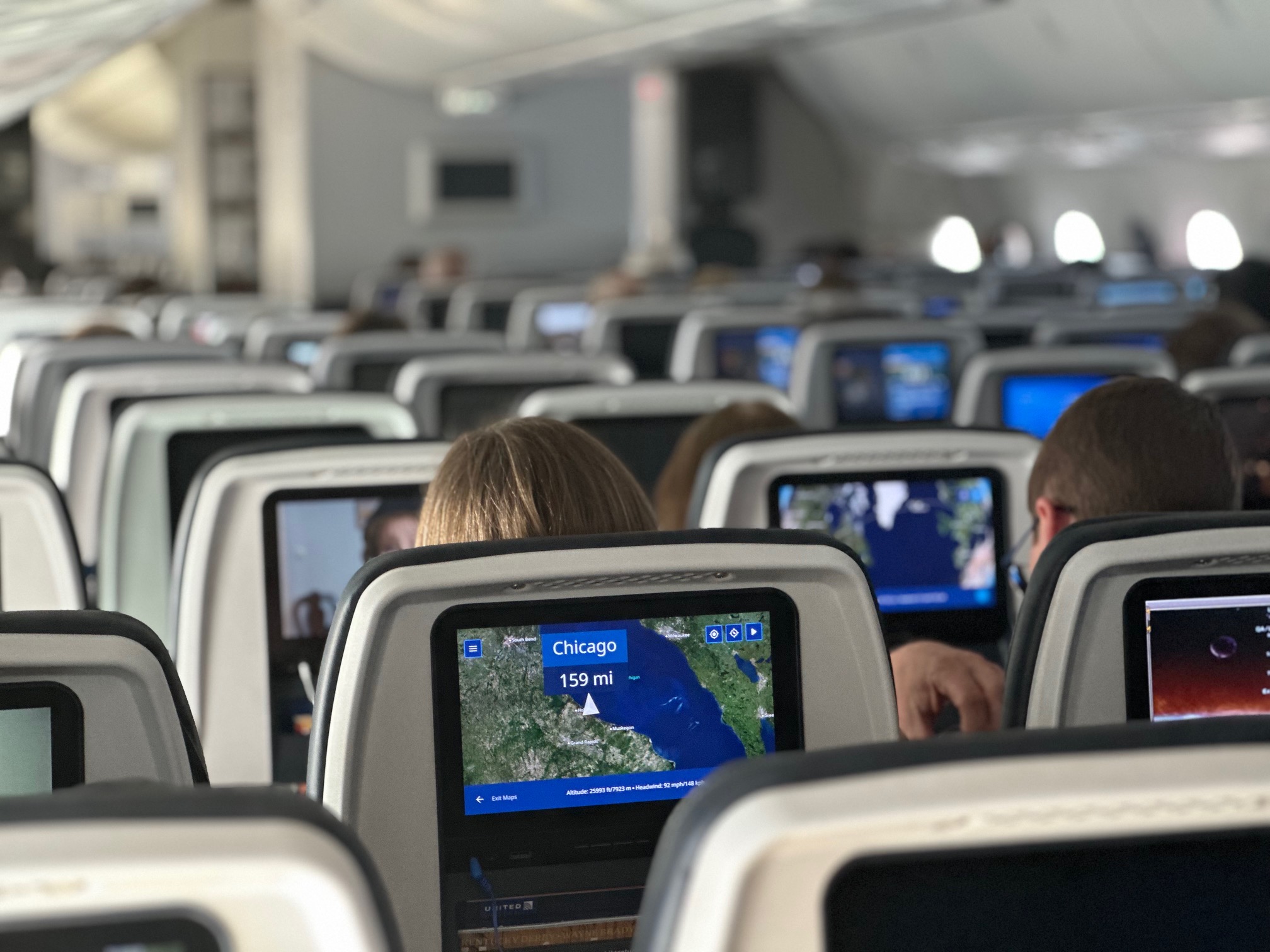
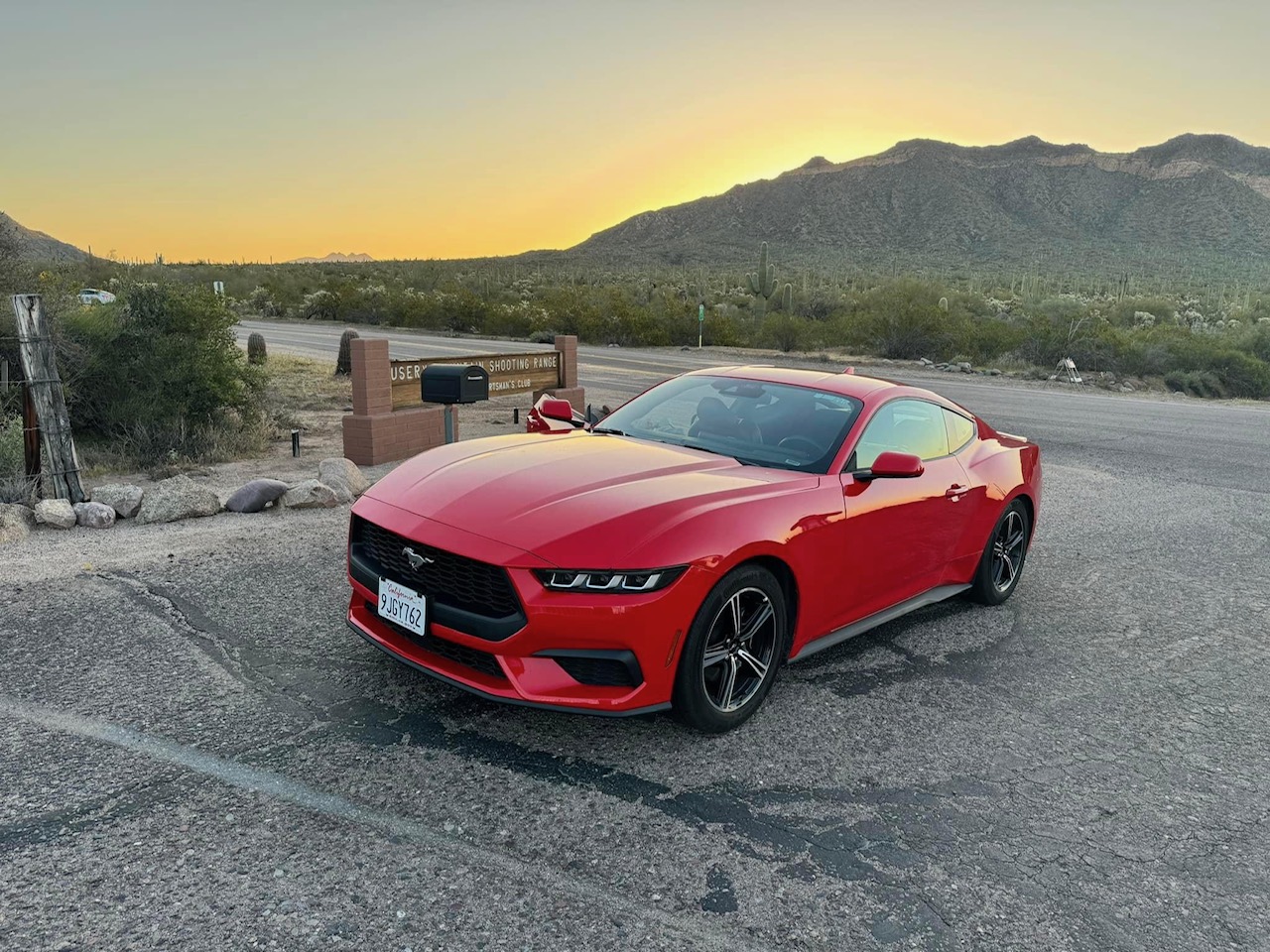
After embarking on our journey from Gardermoen and making our layovers in Munich and Chicago, we were finally greeted by warm air and brilliant sunshine as we landed in Phoenix. Being welcomed by the dazzling Arizona landscape, with cacti and mountains on the horizon, was an experience in itself.
Our next stop was arranging transportation for our stay. In true American style, we opted for a classic muscle car that served us well throughout our stay.
We were accommodated at the La Quinta Inn & Suites by Wyndham Mesa Superstition Springs, a comfortable place that would be our home for the coming days. Although there were some logistical challenges with breakfast times, we quickly found solutions in the form of the many 24-hour dining options nearby.
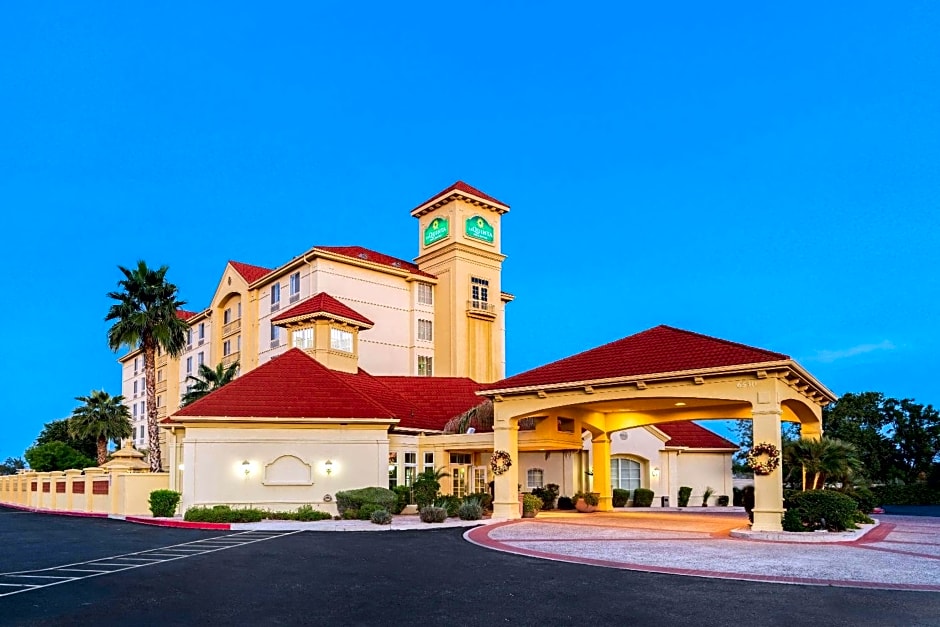

The Rio Salado Gun Range, our arena for the competition, turned out to be as impressive as we had hoped. With a diverse course and well-built stages, it was a perfect venue for the US Nationals. During the pre-match, we followed an experienced squad where both the range owner, match director, and some sponsors were safely guided and run through 18 stages. It should be noted that one stage was later removed from the match due to a malfunctioning trigger that couldn’t be fixed

During the main match, we were assigned stage 13, which we managed alongside a local RO named Toby Walsh. Together, we ensured that the shooters could compete efficiently and safely, and we were rewarded with praise for our collaboration and professionalism.
An exciting element on the stages was also all the venomous snakes around us. In total, 3 snakes were captured during our stay, and these were displayed in the common area of the range. If you were bitten by one of these, you had 40 minutes to get to the hospital and could expect a hospital stay of 3-4 weeks.
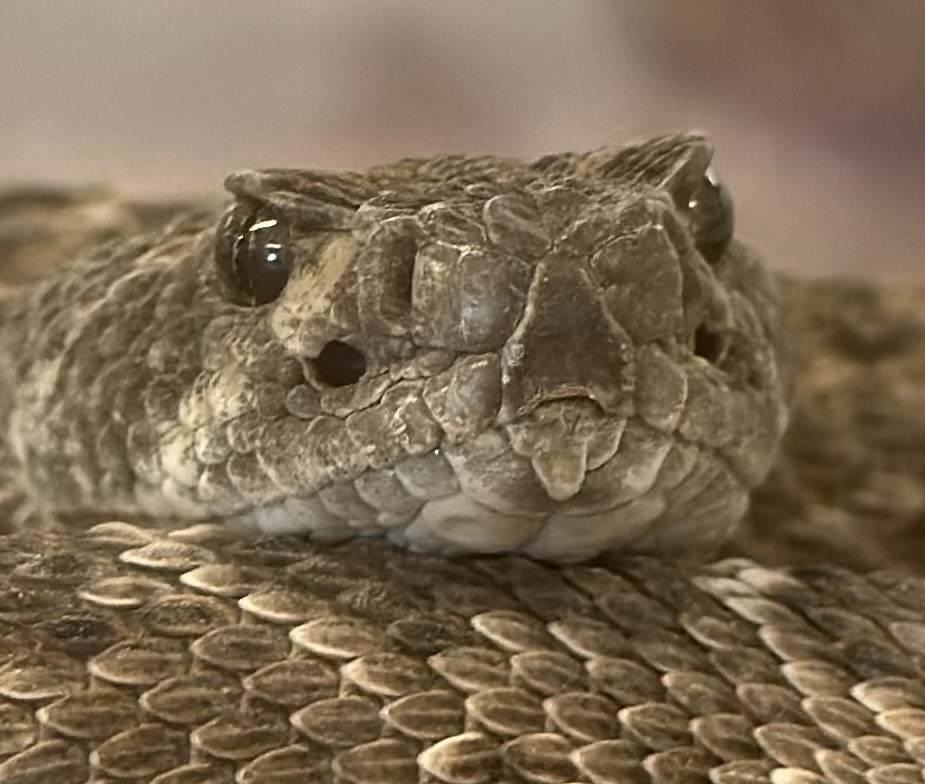
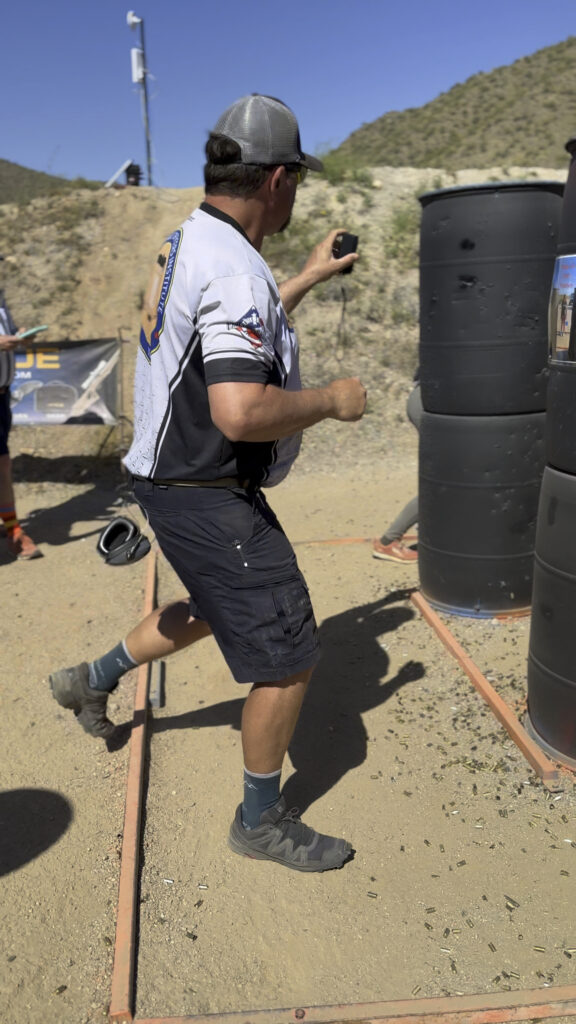

An interesting observation was the differences in culture around procedures and patching between the USA and Europe. Americans were eager to clear the range and get the next shooter ready, and this was a normal behavior among shooters and officials in a typical match setup at all levels. However, we found the start procedures to be a bit overly creative in some places. Some fit naturally within the IPSC mindset, but there was a bit too much use of buckets, mops, bags, and running with items during the proceedings, which we also pointed out perhaps leaned more towards a traditional USPSA match.
At Stage 13 during the US Nationals, we encountered three outstanding Norwegian shooters with their entourage: Folke Myrvang, Tony Østreng Tsigakis, and Paul-Erik Ruud. Their professional approach and impressive skills were an inspiration on the range. These three represented Norwegian shooting sports with pride and demonstrated that our small country has something to contribute at the international level. It was great to see them in action on the range.
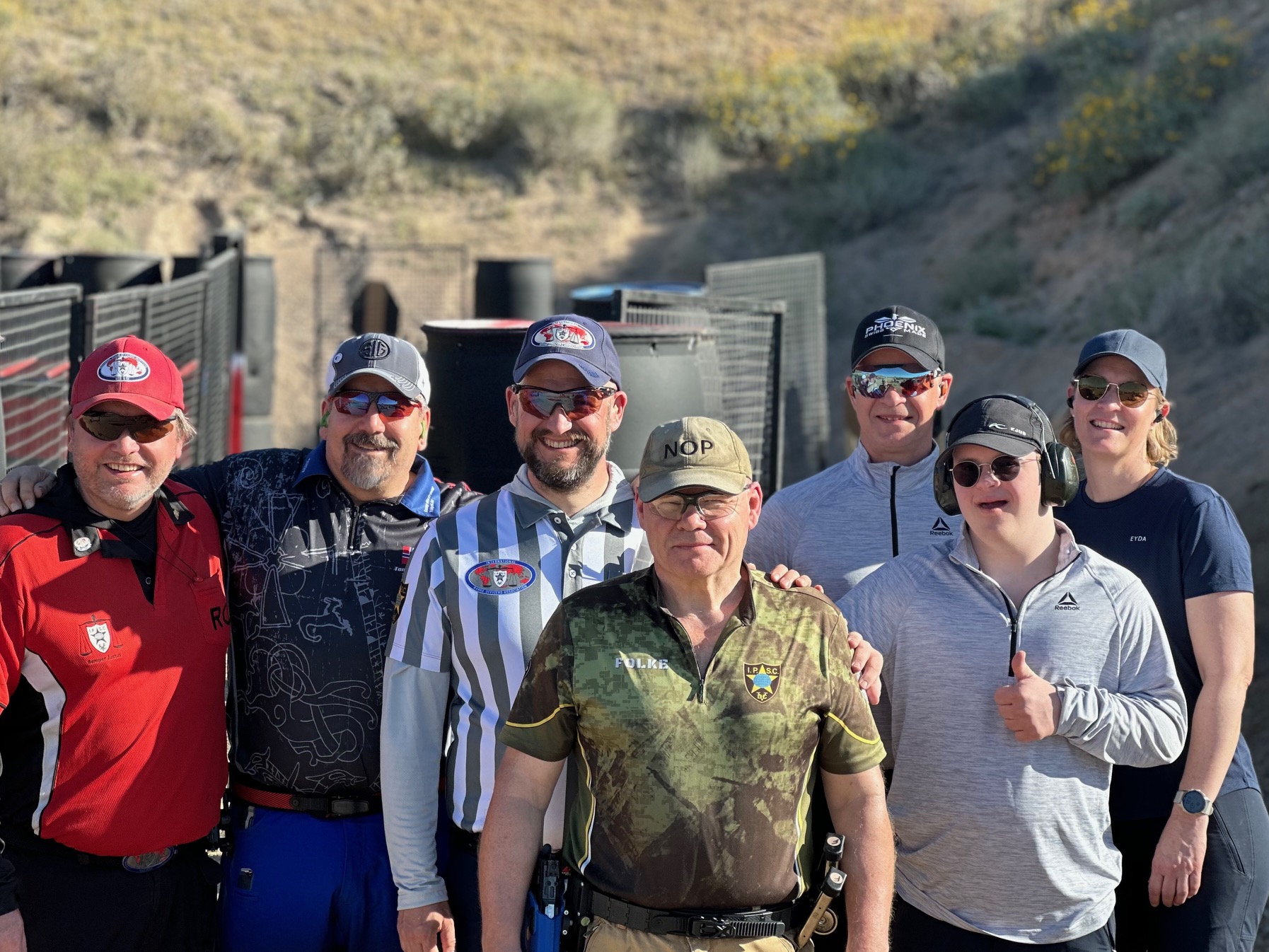
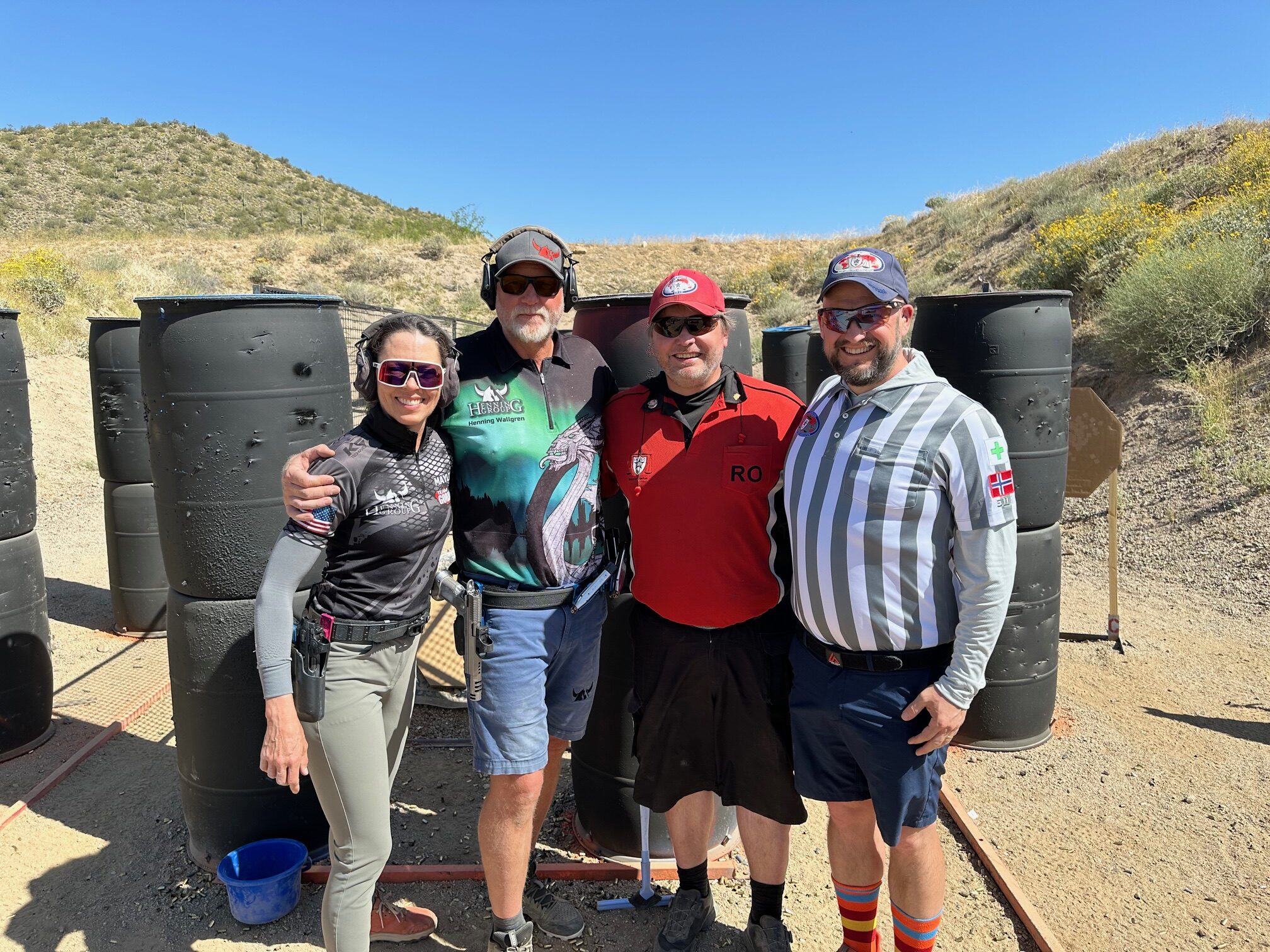
We also had the privilege of meeting Henning Wallgren, a Norwegian shooter with three national championship titles in dynamic pistol shooting sports. He is based in the USA and is known for developing and producing aftermarket parts for competition firearms, with a primary focus on Tanfoglio. Henning, along with his partner, who also participated in the competition, demonstrated impressive dedication and passion for shooting. It was a pleasure to have met Henning and his significant other during the US Nationals.
An interesting observation from both Range Officers (ROs) and International Range Officers (IROAs) was that tearing down stages after the match was an unexpected turn of events. While this is common practice in USPSA at all levels, for many of the foreign participants, it was a new experience. This process, although part of American range culture, unfortunately led to us missing almost the entire awards ceremony for the shooters. This was an inconvenience that some of us hadn’t been prepared for, but it served as a reminder that cultural differences can arise even on the international stage of shooting sports.

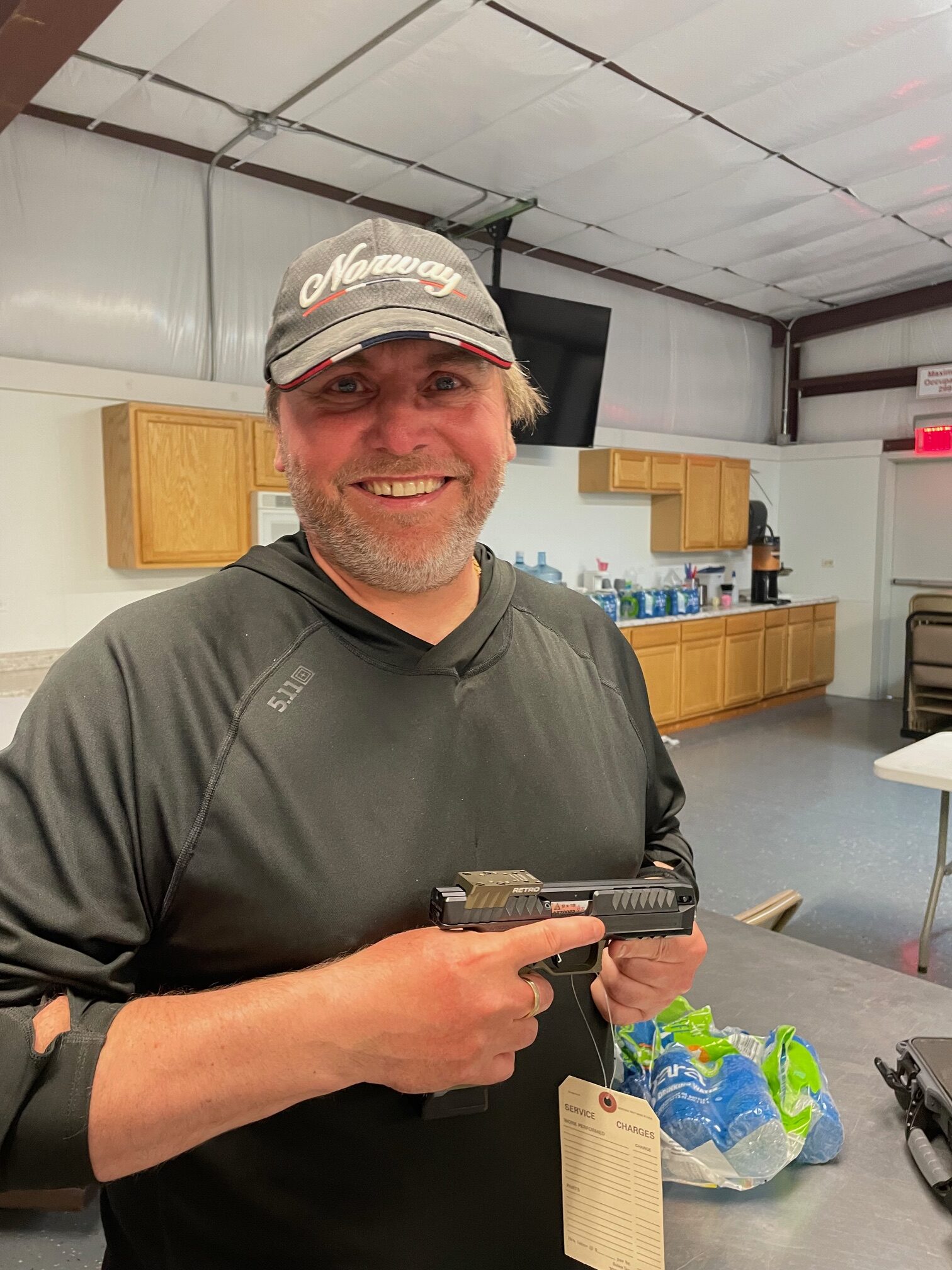
Morten Wessel Nybrott

Einar Bakke
During the US Nationals, we were surprised and delighted by the generous gesture from the event sponsors, who provided an impressive array of gifts for all officials. Out of the approximately 130 participants in this event, I was drawn as the lucky number two to choose a prize from the impressive gift table. I opted for a brand new Alien Retro, which was a moment I will long remember. Einar Bakke also didn’t leave the range empty-handed and secured a significant prize as well. This was an example of the exceptional hospitality and generosity that characterized the US Nationals, and it was an honor to be part of this fantastic event.

Before heading back home after a memorable time at the US Nationals, we were reminded to cherish the little moments of American culture. Our final breakfast before departure was enjoyed at the iconic diner, where we were greeted by the classic interior and the scent of freshly brewed coffee. Sharing one last meal of typical American dishes, such as fluffy pancakes and eggs Benedict, provided a perfect conclusion to our stay in the USA before we turned towards the airport and our journey home.



After five intense days of competition and camaraderie, it was time to bid farewell to Arizona and head back home. With the memories of an unforgettable experience fresh in our minds, we set off homeward bound via Denver and Frankfurt before finally landing back in Oslo. This journey was not just a competition but a voyage filled with solidarity, challenges, and memories for a lifetime.

 Norsk
Norsk





